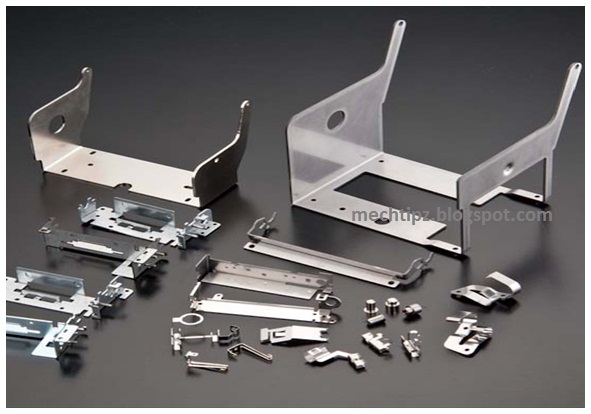What is Metal Stamping
What is Metal Stamping?
Stamping — also called pressing — involves placing flat sheet metal, in either coil or blank form, into a stamping press. In the press, a tool and die surface form the metal into the desired shape. Punching, blanking, bending, coining, embossing, and flanging are all stamping techniques used to shape the metal.
Metal stamping is a manufacturing process used to convert flat sheet metal into specific shapes. It is a complex process that can include a number of metal forming techniques — blanking, punching, bending and piercing, to name a few.
There are thousands of companies that offer metal stamping services to deliver components for industries in automotive, aerospace, medical, and other markets. As global markets evolve, there is an escalated need for quickly-produced large quantities of complex parts.
Metal stamping is a fast and cost-effective solution for this large-quantity manufacturing need. Manufacturers who need metal parts stamped for a project generally look for three important qualities:
- High quality /durability
- Low Cost
- Fast turnaround time
Types of Metal Stamping
There are three major types of metal stamping techniques: progressive, fourslide and deep draw.
Progressive Die Stamping
Progressive die stamping features a number of stations, each with a unique function.
First, strip metal is feds through a progressive stamping press. The strip unrolls steadily from a coil and into the die press, where each station in the tool then performs a different cut, punch, or bend. The actions of each successive station add onto the work of the previous stations, resulting in a completed part.
A manufacturer might have to repeatedly change the tool on a single press or occupy a number of presses, each performing one action required for a completed part. Even using multiple presses, secondary machining services were often required to truly complete a part. For that reason, progressive die stamping is the ideal solution for metal parts with complex geometry to meet:
- Faster turnaround
- Lower labor cost
- Shorter run length
- Higher repeatability
Fourslide Stamping
Fourslide, or multi-slide, involves horizontal alignment and four different slides; in other words, four tools are used simultaneously to shape the workpiece. This process allows for intricate cuts and complex bends to develop even the most complex parts.
Fourslide metal stamping can offer several advantages over traditional press stamping that make it an ideal choice for many applications. Some of these advantages include:
- Versatility for more complex parts
- More flexibility for design changes
As its name implies, a fourslide has four slides — meaning that up to four different tools, one per slide, can be used to achieve multiple bends simultaneously. As material feeds into a fourslide, it is bent in quick succession by each shaft that is equipped with a tool.






![Saudi Aracmo GI 7.028 (SA-9466) Mobile Crane Operator Daily Inspection Checklist -2022 [PDF]](https://blogger.googleusercontent.com/img/b/R29vZ2xl/AVvXsEjjqlj8kIuErWV-fogjqZWkEjkXJW1cUjZgxYuYDzZrePGV1IR53ShWP2cfij4S5DbquaoCZmVrI4HXLPS3J1D0Uo3KQ8EcOKJGNLJ0jt4jQQm7WBQY9EMjTEmmqpHaU2_U7cKrJOJgMOInJiMy-MHQOqO6AuqEsJXy3e4nxenuKKf57H8mwyz3kUXgafU/s72-c/dsdsdsdsds_001-qcskills-7.028.jpg)

No comments:
Post a Comment